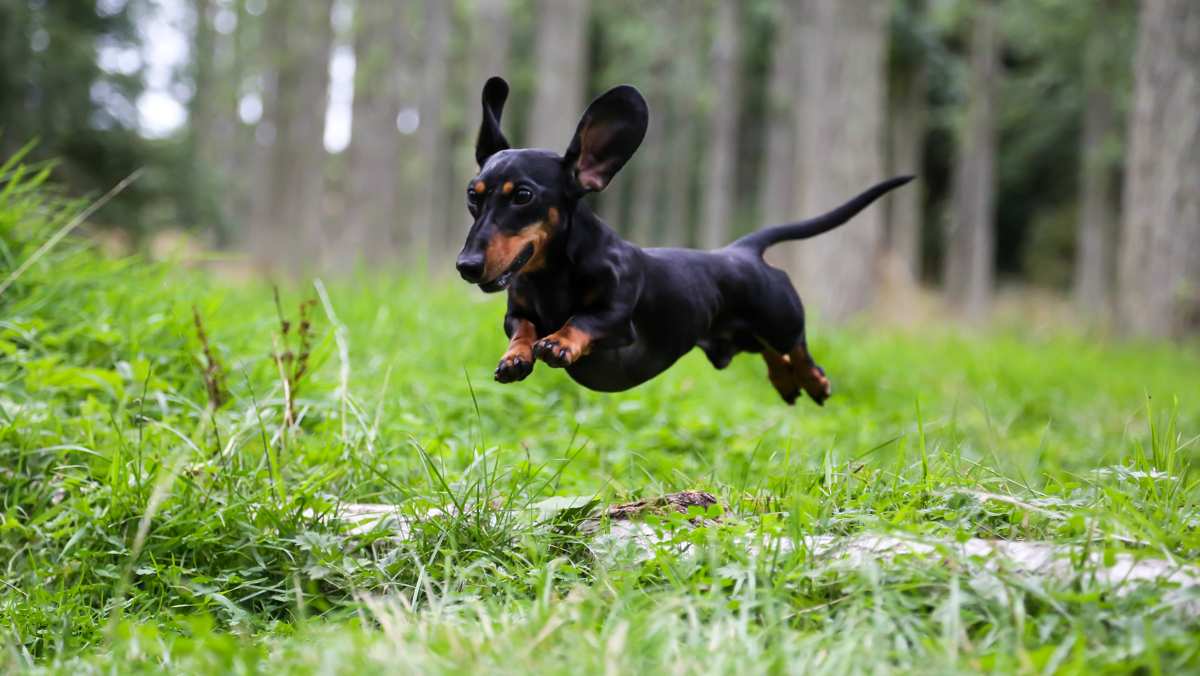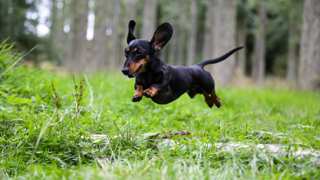Dachshunds may be small and somewhat cute now, but the history of the Dachshund proves they weren't always this way. It's documented that they have been around at least since the 15th century. Back then,they were much larger, there were two distinct varieties, and they were used to hunt a variety of critters and predators.
The origins of the breed is believed to have been in the early 1600s. Breeders in Germany produced two varieties: the crooked-leg variety, which is the basis for the Dachshund we know today, and the straight-legged ones. Both types of Wiener Dog were bred for pest extermination and hunting. Back then, Dachshunds weighed around 35 pounds or more, and they often hunted in packs. They were used to bag badgers, wild boars, and wolverines, and they went to ground with a ferocity that occasionally surfaces to this day.
A few decades later, in 1870, England formally recognized the breed. By 1881, the world's first Dachshund Club was founded. During this time, the dogs were taken to the United States and quickly became popular among the German and Dutch immigrant communities. The American Kennel Club (AKC) admitted Dachshunds in 1885. Although Germany had the first studbook, in 1840, it didn't have a club until 1895. They were kept by a wide variety of royals, celebs, and other famous folk. Queen Victoria of Great Britain and Napoleon Bonaparte of France were two such world leaders who had Dachshunds.
Ironically, they were one of the most popular dogs at the Westminster Kennel Club Show the same year that World War I broke out, 1914. The irony is that during the war, anything from Germany or even related to the country's culture fell sharply out of favor, and this included the Dachshund breed. The AKC even changed the breed's name to Badger Dog, but the die was cast. Luckily, all this animosity faded away shortly after the war.















